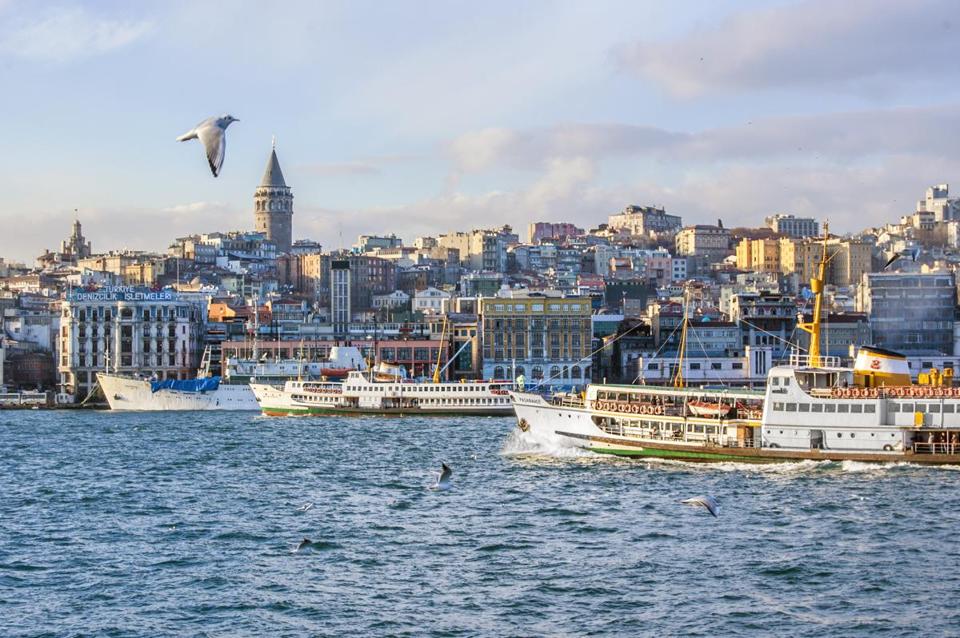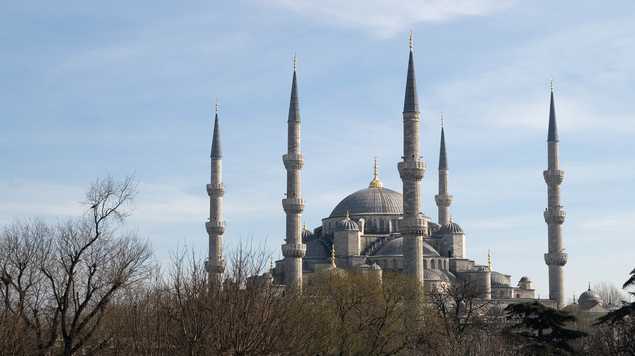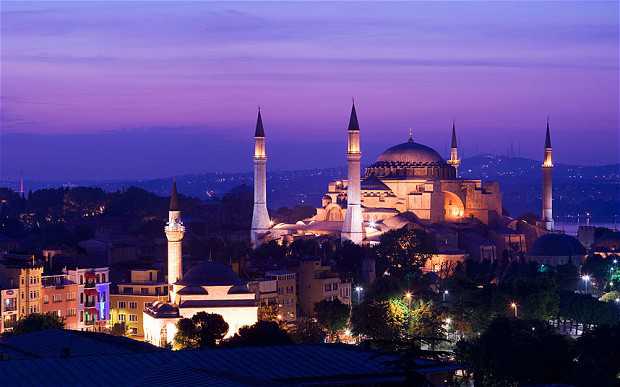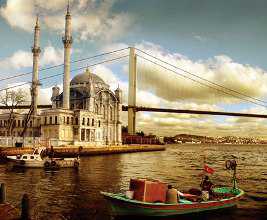Of course when you go to Istanbul, Turkey you’ll be drawn to the ancient sites and Ottoman history in Sultanhamet – the old part of the city. However, many career breakers are looking for more local connections and experiences the longer they travel. If you are looking for local experiences and a chance to escape the tourist crowds in Istanbul – here’s how!
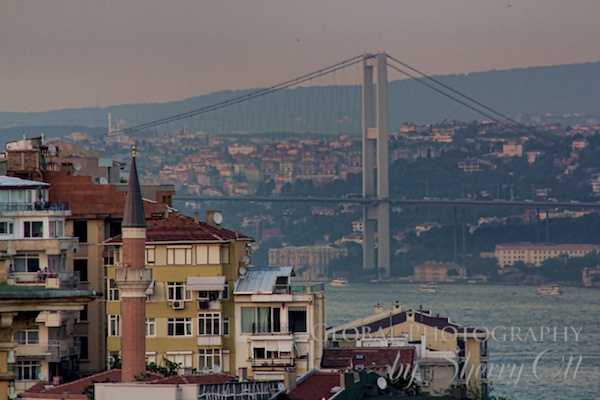
Local Markets
Skip the Grand Bazaar and Spice Bazaar and if you really want to go local – then head to the Sunday market in Tarlabasi. Just down the hill from the glitz of Istiklal Street is what many locals might refer to the ‘wrong side of the tracks.’ This is a neighborhood that has not quite succumbed to gentrification yet – but I’m pretty sure in a few years it will look very different. However, if you are looking for an authentic experience – this is it. I spent a few hours at this market shopping for produce and taking photos. Every single vendor and person there were a joy to interact with. I was constantly stopped and asked if I would take a photo or simply try food – as a foreign traveler, I was definitely in the minority. Plus the best part is that I walked away with bags of produce and only spent about $10 US.
Local Getaway
Go where the locals go to escape the loud, crowded streets of Istanbul – Princes’ Islands. It’s a short 50 minute ferry ride to the string of 4 islands – Kınalıada, Burgazada, Heybeliada and Büyükada. Ferries depart from Bostancı, Kartal and Maltepe on the Asian side, and from Kabataş on the European side and cost about 2 Turkish Lira per ride ($1.10 US). During the Byzantine period, princes and other royalty were exiled to the islands which is why they are referred to as Princes’ Islands. But these days it’s a pleasure to escape to these islands where little seafood restaurants dot the perimeters and there is no motorized traffic. You’ll hear (and smell) plenty of horses, though, as horse and buggy are the main forms of transportation for people. Go spend a day at the islands and soak up what it’s like to be a local Istanbulite escaping the city!
If you really want to experience the local life on the islands, then go out on a weekday as the islands are filled with the people who live there as opposed to just Istanbul day trippers that head to the islands on the weekends.
Go to the Outskirts
Most tourists stay in Sultanhamet and Beyoglu – but if you want to get really local then venture out further past the old city walls! I took a very in depth walking tour of the Balat and Eyüp neighborhoods and quickly realized that they had a completely different vibe then what I had so far experienced in Istanbul. Most notably the Eyüp Mosque is one of the most sacred places in Istanbul. The mosque of Eyüp is a place of pilgrimage for Muslims from ancient times. In addition, Eyüp has some of the most spectacular views of the city and Golden Horn if you ride the cable car up the hill. Tourists seldom get to this part of the city.
In addition, if you want to see modern Istanbul then head to the Cevahir Mall and neighborhood just a short metro ride past Taksim. There, you will be amazed by what modern Istanbul is really like – businessmen and women in suits, chain stores, and even an amusement park inside the mall. I rented this room in an apartment behind the mall and seldom saw another tourist around!
Take Opportunities
Lose your shyness and take any opportunities you can to meet locals as odds are you will end up with a new friend who will take you around to their favorite places and share their favorite foods. Before I went to Istanbul I reached out to friends who had been there before to see if they could introduce me to any local contacts they had. I ended up meeting 3 or 4 different locals through this course of action and had my own personal tour guides to Istanbul! The Turks are extremely kind and excited to show you their city and culture, so be sure to take advantage of your connections.
Stay Local
I stayed in a couple different neighborhoods while renting apartments through Wimdu. Each neighborhood had something different to offer – but each also had one thing that was the same – a real local culture that I quickly became immersed in. Wimdu has all kinds of neighborhood choices in European and Asian Istanbul that get you out of the tourist areas and hotels and into real neighborhoods. Plus, by staying in an apartment, I was lucky enough to meet the apartment manager, Fatih, who also showed me around the neighborhood and made sure I knew where the market and restaurants were.
Local Transport
Skip the taxis whose drivers seldom speak English and rarely get you to your desired destination. Instead get comfortable using local public transport. Get an Istanbul Card and it will be your gateway to buses, ferries, trams, metros, and funiculars. The transportation system in Istanbul can seem confusing as there are so many options and none really connect exactly with each other – but they all do work together to get you across the city. In the evenings around 6PM the trams can be very crowded with locals going home from work – but it’s a fun experience to see and interact with the commuters!
By going more local in Istanbul, your time there will be more rewarding and you’ll leave Turkey feeling as if you know more about the modern day culture of this fascinating country and city!
Disclosure: Sherry Ott was a guest of Wimdu.co.uk during her stay in Istanbul. However all of the opinions expressed here are her own.
via How to find local experiences in Istanbul | Briefcase to Backpack – Travel Advice for Career Breaks or Sabbaticals.

